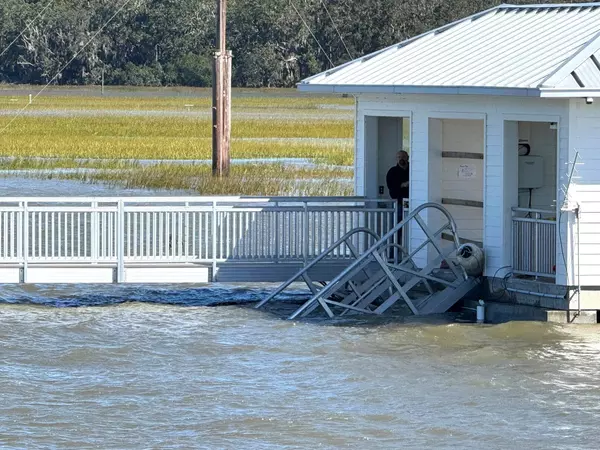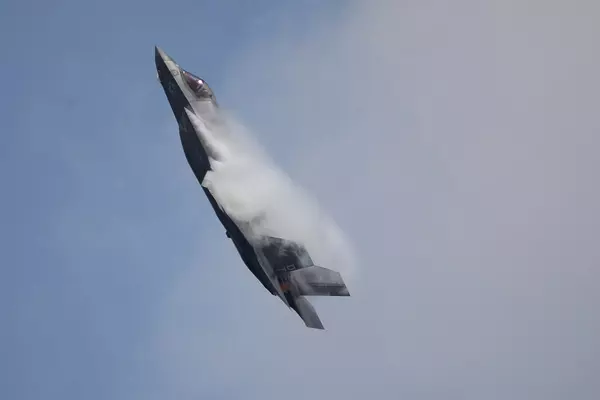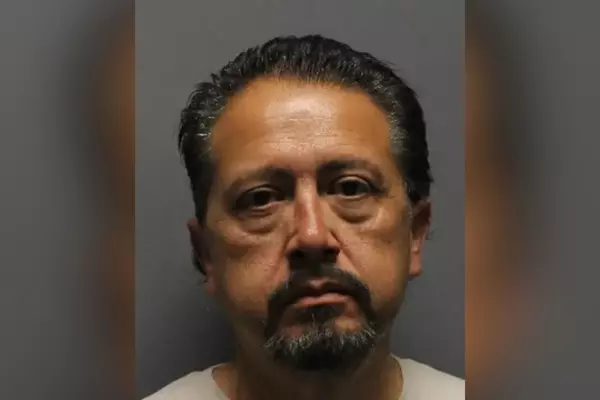
Every week we wrap up the must-reads from our coverage of the Ukraine war, from news and features to analysis, visual guides and opinion.
A new axis opens up in Ukraine’s counteroffensive
After being foreshadowed for months, Ukraine’s highly anticipated counteroffensive shifted up a gear this week. On Sunday, armed forces liberated three villages along the Mokri Yaly River in western Donetsk. Soldiers were shown raising the Ukrainian flag over the village of Blahodatne. Troops from another brigade filmed themselves with their unit’s banner in Neskuchne. Officials later said the village of Makarivk had been taken.

Russian forces were accused of destroying another dam with the aim of slowing Ukrainian operations. As rescue efforts around the Kakhovka dam continued, Julian Borger and Dan Sabbagh reported Ukrainian officials as saying on Monday that a dam upstream along the Mokri Yaly had been blown up by occupation forces, causing flooding on both banks.
As the fighting continued throughout the week, Vladimir Putin was forced to deny Ukrainian claims of seeing some early successes. Daniel Boffey in Kyiv and Pjotr Sauer reported on a televised meeting the president held with military bloggers in which he conceded that Russian forces had lost 54 tanks in the opening assaults, while claiming that Ukraine had lost 25-30% of its foreign-supplied military vehicles.
Ukrainian military officials have privately called for patience and pointed out they had so far not committed the bulk of Kyiv’s 12 brigade-strong western-armed assault force to the battle.
By Wednesday Ukraine was reporting fierce fighting along the front in western Donetsk and near Bakhmut, but with only incremental advances. Daniel Boffey said western officials had struck a sombre tone as they briefed that Ukraine was taking significant casualties and making slow progress towards Russia’s main line of defence.
How successful has Ukraine’s counteroffensive been so far?

From Dnipro, in eastern Ukraine, Dan Sabbagh provided an assessment on the success of the counteroffensive to date.
Ukrainian troops had made incremental but real gains along some sections of the frontline. An advance along the border between Zaporizhzhia and Donetsk oblasts appeared to be where the most gains have been recorded, with Ukraine’s brigades recording videos of flag-raisings in a series of villages.
“That advance amounts to nearly four miles in a week, a far greater speed than Russian forces managed during their winter offensive, but it is only at one point,” Dan wrote.
Gains have been harder to come by south of Orikhiv, where a Leopard 2 tank and four Bradley fighting vehicles were abandoned after a failed Ukrainian attack.
“Military campaigns of this size and significance are not decided in a week,” Dan wrote. “What is certain is that Ukraine has begun by taking the initiative with some confidence.”
The continued challenges of the counteroffensive were laid bare in Ukraine’s failed Mala Tokmachka assault, Peter Beaumont and Patrick Wintour wrote.
Russia and Ukraine have given conflicting accounts of what happened on the afternoon of 7 June about 4km south of the village of Mala Tokmachka. Footage began circulating on Russian social media last week depicting 12 Ukrainian armoured vehicles that had become pinned down near a minefield, in what was portrayed as a significant military setback for Ukraine.

Moscow almost certainly overemphasised the importance of the engagement, while Kyiv attempted to downplay it.
“The details of the failed assault remain important because of what they reveal about the challenges Ukraine’s counteroffensive faces against defensive positions Russia has had a year to prepare that are supported by Moscow’s superior air power, which has been more visible since Ukraine began its offensive.”
The Kakhovka dam cleanup continued

From Novovorontsovka, a town upstream from the destroyed Kakhovka dam, Dan Sabbagh reported on the local mayor managing a crisis.
Andrii Seletskyi told Dan the disaster would require the town to find other water sources as he does not expect the dam to be rebuilt. While there is no immediate water crisis, engineers will have to complete pumping works on two remaining usable wells before an existing reservoir runs dry. Complicating the picture further is the fact that the water infrastructure and Novovorontsovka remain in range of Russian guns across the river.
The Dnipro was the scene of a vast battle in late 1943 and Dan reports that Seletskyi hopes it may be possible to create a local museum of all the objects being uncovered since the flooding.
“We have a unique opportunity to dive into our history.”
Elsewhere, Emma Graham Harrison looked at a house in southern Ukraine that had become an icon of folk art in the region but was now feared destroyed after the collapse of the Kakhovka dam.
“Polina Rayko only took up a paintbrush aged 69 and her only canvas was the walls of her modest village home,” Emma wrote. “But in just six years, she created a national treasure.”

The house is decorated with images inspired by the rich natural life of the floodplains that backed on to Rayko’s garden. But now, under Russian occupation, no one has been able to go to assess the state of it.
“The last thing we know is that the neighbours said the first floor of their house was flooded, which means that Rayko’s will be submerged up to the roof,” said Simon Khramtsov, an artist and designer from Kherson.
Russian airstrikes target ‘logistics support’ for defence forces

Twelve people were killed and many more wounded after a Russian missile struck an apartment block and a food warehouse in the central Ukrainian city of Kryvyi Rih – President Volodymyr Zelenskiy’s home town.
Daniel Boffey in Kyiv reported that survivors spoke of being blown from their beds by a blast in the middle of the night.
On Wednesday, cruise missiles targeting the supply lines of the Ukrainian counteroffensive killed three people working a nightshift in a warehouse in the southern city of Odesa. In total, 13 civilians were killed in overnight strikes on Wednesday, with defence officials saying there was a pattern to the recent strikes.
“This is an area that the Russians interpret as an area of resources for the defence forces … They attacked a warehouse with water and consumer goods. They also hit a business centre,” Natalia Humeniuk, a spokesperson for Ukraine’s southern defence forces, said.
From Dnipro, Dan Sabbagh reported that western microchips and other components coming largely via China are being used to manufacture Russian cruise and ballistic missiles that are being launched at Ukraine.
In a presentation made for G7 members that was leaked to the Guardian, Kyiv called for the world’s leading economies to “pressure countries who fail to act decisively”, without naming Beijing directly, as well as a plea to further tighten export controls.







